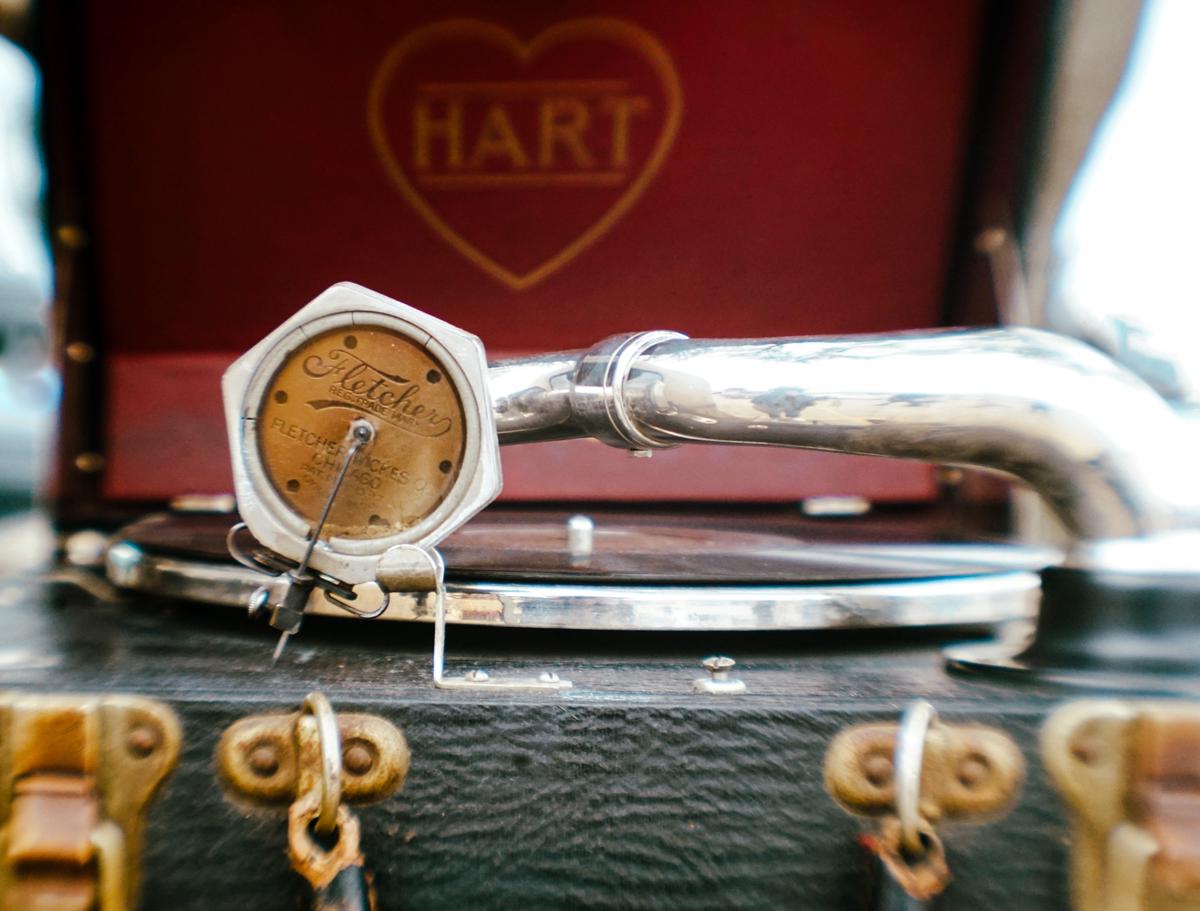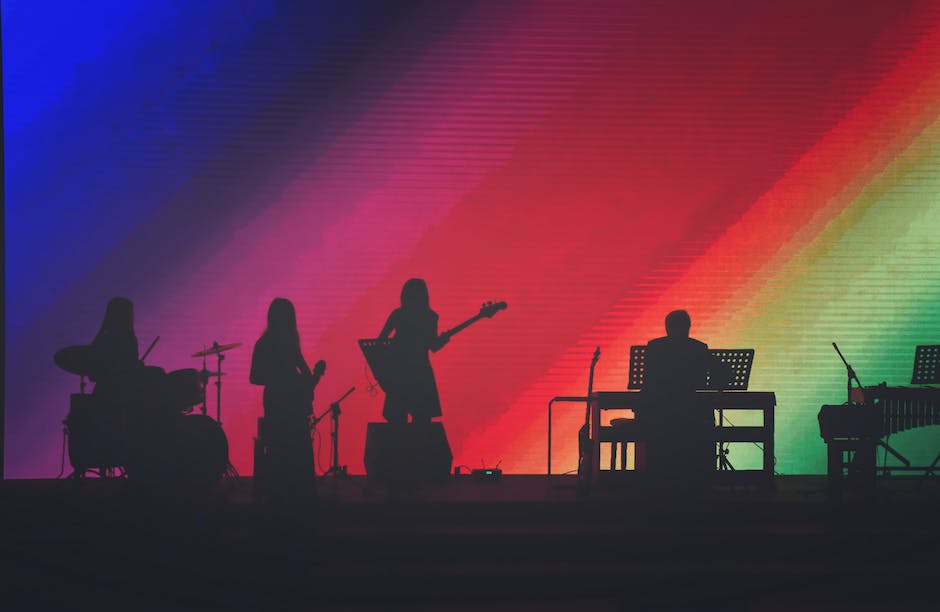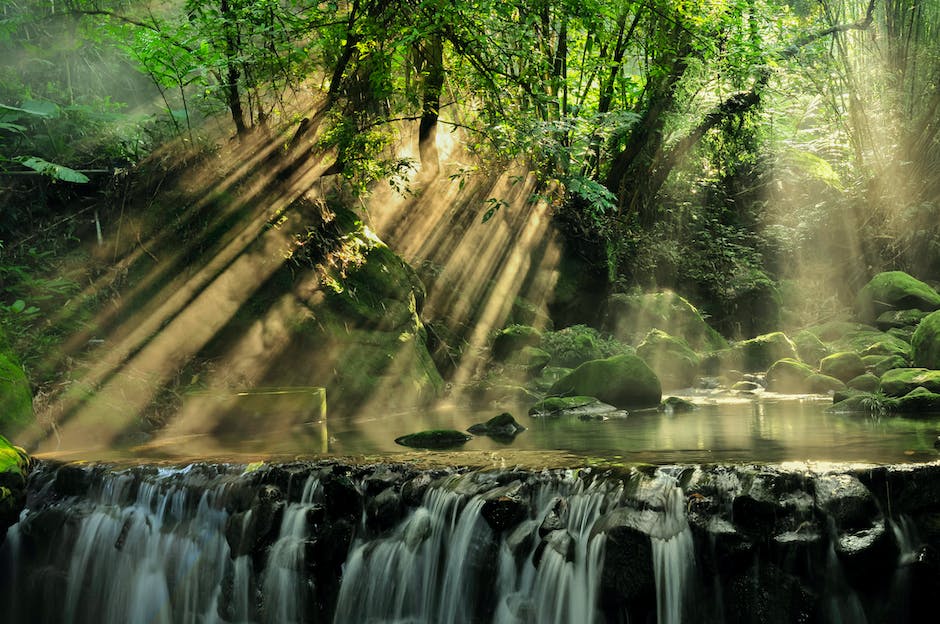The captivating journey of sound recording is a winding tale, stretching from plush studio booths to vast nocturnal landscapes that whisper monologues of music. This audacious exploration of acoustic confines, navigated by stalwart artists and sound engineers alike, has resulted in an evolution of recording environments each with its unique sonic footprint. From symphonic echoes resonating within cathedral walls to the intimate fabric of homemade studios, this plunge in unconventional spaces has extended the boundaries of audio recording far beyond carpeted studios. As we embark on this enlightening journey that intertwines aesthetics, acoustics, technology, and emotions, one not only unfolds the defining role these settings play in crafting an artist’s voice but also the consequent ripple they create in the ever-expansive sonic landscape.
The evolution of recording environments
In the grand symphony of life, music stands as a unifying melody, threading together diverse emotions, cultures, and ideologies into a sound tapestry of human connection. From the softest whispers of a lovers’ lullaby to the vibrant riffs of a crowd-saturated festival, music—beautiful, transformative, and immersive—is an indispensable part of our existence. Each note, each chord, pulls out feelings buried deep within our subconscious, giving life to expressions unspoken. It is, therefore, a captivating journey to explore the metamorphosis of music production environments and their role in shaping music as we understand it today.
In the embryonic stage of sound recording, the world didn’t come privy to isolated studios. Sturdy walls echoed with sounds, as musicians huddled in vast rooms, halls, and parlors. This gave music a certain reverberating ambiance that became integral to its identity. Early pioneers like Thomas Edison and Emile Berliner struggled with the lack of volume control and enduring external noises. Yet, their cylindrical phonographs and gramophone discs chronicled the nascence of music recording, setting its course for the journey ahead.
Moving swiftly into the Jazz Age of the 1920s, the concept of dedicated recording studios began to cement. With the advent of microphones and electronic amplification systems, musicians got access to a powerful set of tools to control volume and eliminate unwanted noise. These intimate recording spaces played host to iconic melodies, fostering the creation of Louis Armstrong’s smoky trumpet solos or the sultry crooning of Billie Holiday.
As bursts of psychedelic colors began to paint the canvas of the 1960s, recording studios manifested as hubs of creative explosions. Where Pink Floyd explored layers of psychedelic soundscapes, the Beatles were busy pioneering multi-tracked magic, courtesy of the four-track tape recorders. The famous Abbey Road Studios or Berry Gordy’s Hitsville USA in Detroit were not merely buildings, but thriving ecosystems that pushed sound engineering and music production to higher echelons.
Fast-forward to the digital age, recording environments irreversibly changed with the laptop’s arrival, turning any ambient space into a potential studio. While Bon Iver secluded himself in a remote cabin in Wisconsin to give birth to ‘For Emma, Forever Ago,’ Burial unearthed urban soundscapes in the confines of his South London apartment for ‘Untrue.’ These instances are testaments to technology’s empowering prowess, democratizing music production’s barriers.
Recording environments have also inspired a specific flavor of musical performance known as ‘field recording.’ Letting free the melody beyond the studio walls, musicians have sought experience and inspiration in the wild, resonating corners of the world. From Brian Eno recording the ambient sounds of an airport to capture its unique musicality to Alan Lomax’s folk music documentation across the rural United States—they offer a raw, transformative, and immersive audio experience.
Surrounded by the sonic aura of vast music genres, it’s apparent that recording environments, born out of necessity, have evolved into creative edifices, inspiring unique productions. They are living testaments to music’s pulsating evolution, celebrating its emotive versatility and boundary-defying spirit. Each era, each space, every corner housing an instrument has bolstered the choruses of creativity and ingenuity, shaping the sounds that resonate within our hearts and reverberate across our shared human existence.

Photo by laurar1vera on Unsplash
Choosing the unconventional recording space
Venturing beyond the confines of standard recording studios has always held allure for those musical maestros daring to innovate. The allure of non-traditional recording settings — from old warehouses to majestic cathedrals — presents the alternative of experiencing untamed acoustics’ raw nuances. What, though, persuades an artiste to venture so far from the familiar?
The hunt for unparalleled originality drives many to unconventional recording spaces. The guarantee of a sound distinct from the glossy precision of a typical studio is priceless. Stripped of sophisticated sound systems, these novel settings unfurl an unprocessed charm that paints an audio canvas rich with authenticity.
The capacity to harness natural echoes, unique reverberations, and spontaneous sound events occurring spontaneously thickens the texture of the final musical piece. An old factory’s metallic resonance, a cathedral’s ethereal echoes, or the eerie quiet of a deserted Pripyat building, each of these yawning spaces stamps its signature on the sound, creating unforgettable audioscapes.
Insatiable ingenuity shapes the artist’s choice too. Non-traditional environments offer a challenging ground for experimentation. Without the safety net of engineered acoustics, artistes and their production teams dive deep into exploration — adapting their techniques, discovering new sound dynamics, and ultimately stretching their creative elasticity.
Playing with restored spaces forms another magnet. The opportunity to infuse fresh life into forgotten infrastructures and echo history’s whispers through music makes such ventures irresistible. These spaces reverberate with narratives — each etched in their fabric, which when soaked in music, compound the final sound’s narrative depth.
Occasionally, the search for scaled-down recording costs leads to these atypical settings. Unlike heavily decked-out studios, repurposed spaces do away with hefty bills. So, while the same might necessitate peculiar adjustments from both the artist and their crew, the monetary trade-off can be quite enticing.
The decision, however, is not all serendipitous exploration and pocket-friendly choices. The intimacy these spaces offer plays a key role too. Cocooned from the bustle of the outside world, these places nurture a safe haven that lets an artiste unwind and unfurl. This inherently seduces trust into the musician-space equation, allowing the music to emanate from a raw, vulnerable place.
Unusual recording environments are not just about the final sound or cost, though. They’re also about the journey. The underlying sense of adventure, of stepping into the unknown, becomes part of the music-making process. The spirit of these places, their quirks and peculiarities, weaves into the fabric of the music — not just influencing the sound, but becoming part of the folklore tied to the album or track.
It’s a symphony of several factors — in seeking distinct, organic sounds, stripping down excessive costs, locating narrative depth, fostering intimacy, and embracing the thrill of the unknown, we uncover the reason artistes opt for the unorthodox. These spaces, in turn, cradle their creativity, mirroring the artist’s voice, etching their echoes in the structure’s very fabric and the music produced therein. The result? A piece of music steeped in its own narrative, layered with personal expressions and resonance that reach out to listeners, binding them in a shared experience, a unified musical journey.

The technicalities of capturing sound outside the studio
Despite the allure and originality offered by unconventional recording environments, they come with their unique set of challenges and technical considerations.
Each non-traditional recording space holds a distinctive tonal palette, courtesy of the physical and architectural elements inherent to the location. Auditory idiosyncrasies – the humming of the wind, the rustling of tree leaves, or the echoing echo in an abandoned warehouse – can lend an authentic feel but laud the process with extraneous noise that can distort the desired sound.
The unpredictable acoustics of atypical recording locations pose the foremost challenge. Traditional studio environments are designed to provide control over sound, whereas a barn, a church, or an open-air setup won’t necessarily be acoustically balanced, leading to potential echoes or undesired noise floor. It tests the resourcefulness and flexibility of the artist and the recording engineer, requiring them to harness these naturally occurring acoustics to enrich the music rather than overshadow it.
The esoteric charm of recording music in the heart of a rainforest or atop a mountain can be enthralling. Nevertheless, these settings open a Pandora’s box of technical hiccups. Wires could trip, equipment could malfunction amidst the harsh elements, and the lack of a controlled environment makes it challenging to achieve a consistent sound across multiple sessions.
Power supply can be another stumbling block when working in isolated, remote locales far from the grid. Portable generators could be an answer; however, they bring their own noise pollution and may produce electrical noise that interferes with the recording equipment.
Recording music in unconventional spaces isn’t a straightforward plug-and-play affair. It demands premeditative planning, high-quality portable gear adapted for location recordings, and a skilled team that can adapt and improvise. The equipment needs to be more rugged, resilient, and compact for it to withstand the rigors of an unconventional environment.
Delving into the realm of unconventional music production also requires a seismic shift in post-production strategies. The uniqueness of each track can make the process of mixing several tracks recorded in different locations a complex jigsaw puzzle requiring profuse patience and expertise to piece together harmoniously.
Finally, the factor of cost is something that cannot be ignored. The expenses associated with transporting crew and equipment, obtaining permissions, and accommodating additional production needs can significantly inflate the budget compared to a controlled studio setup.
The DNA of unconventional recording environments undoubtedly presents a unique melange of technical hurdles to overcome. However, the end prize of a song soaked in raw authenticity, carrying the imprint of a unique location, can far outweigh the challenges, fueling the desire of music pioneers to foray forward, undeterred. For them, these trials are but stepping stones elevating their music to uncharted territories, knitting a sonic tapestry as diverse as the locations that housed its creation – a testament to the limitless power and possibilities of music.

The socio-cultural impact of recording in unconventional spaces
Experiencing the Influence: The Ripple Effect of Unorthodox Recording Environments
In the boundless realm of music, the ripple effect of recording in unconventional spaces echoes, profoundly shifting the course of the industry and audience sentiment.
Thriving on unpredictability, these recordings have catalyzed the rise of an updated audio aesthetic, a phantom character intertwined with the music. Rough edges, the clash of urban noise, the tranquility of deserted landscapes all reflect in the music, akin to beautiful melodic impurities. This rawness connects with audiences on a human level, reminding them of music’s heritage – a primal, organic beauty – and has compelled listeners to rally around this authenticity.
In tandem with the consumer embrace, the industry has also been transformed. Producers are increasingly open to unconventional recording spaces. Conventionally obscure genre artists find themselves in the spotlight, seamlessly blending the natural and the synthetic. This experimentation has given birth to a new path in the industry, one less dependent on million-dollar studios and more on embracing the art’s rudimentary nature.
Landmark albums such as Bon Iver’s ‘For Emma, Forever Ago’ and Fleet Foxes’ ‘Helplessness Blues’ – both partially developed in isolation and outside the confines of traditional studios – speak volumes. Their commercially and critically acclaimed works have validated these recording methods, achieving a resonance that is both profound and pervasive.
Moreover, the amalgamation of varying techniques – from utilizing the hushed ambience of a forest to the industrial resonance of a dilapidated building – paints an entirely different sonic picture. That novel texture, denied by the muted sterility of a traditional studio, whispers tales of journey, emotion and discovery.
Additionally, such brave ventures into unknown territories have fostered an unexpected benefit: the education of listeners. In most cases, audiences are being unintentionally enlightened about the diverse layers of sound and instrumental utilization. This, in turn, enhances their discerning palette, further driving demand for original and experimental sounds.
Despite the multitude of challenges faced while recording in diversified environments – be it technical hiccups, power supply hassles, unpredictable acoustic behavior or extraneous disturbances – these daring ventures have yielded overwhelming rewards. The distinctive harvest of tones, an augmented audience appreciation, and a Scriptural sense of authenticity give diversified recording approaches an undeniable allure.
In conclusion, the swing towards unconventional recording spaces is not just a whim or passing trend, but a necessary evolution born out of an insatiable curiosity for musical exploration. This bold, innovative move has not only energized the industry but also fostered a deeper bond with listeners, fostering new avenues of creativity and harnessing the boundless power of music in an earnest endeavor to connect, heal, and elevate.

Drawing aside the acoustically treated curtains of studios and stepping into unconventional spaces for recording has indeed stirred a significant socio-cultural impact. It has influenced the way music is marketed, created, and experienced. From the electronically amplified echoes within urban warehouses to the rustling serenades of coastal grief, each environment assumes a transcendent role in curating immersive experiences and cultivating dedicated communities. The resonating baritone of blues in the heart of the city or the lonesome lull of folk on the rugged coastlines thus becomes a testament to the power of unconventional recording spaces in shaping our collective musical panorama. It’s more than just audible aesthetics; it’s an empowering platform where artists, genres, and listeners unite in a silent pledge, bound by the unspoken magic of music.

Comments.
Currently there are no comments related to this article. You have a special honor to be the first commenter. Thanks!